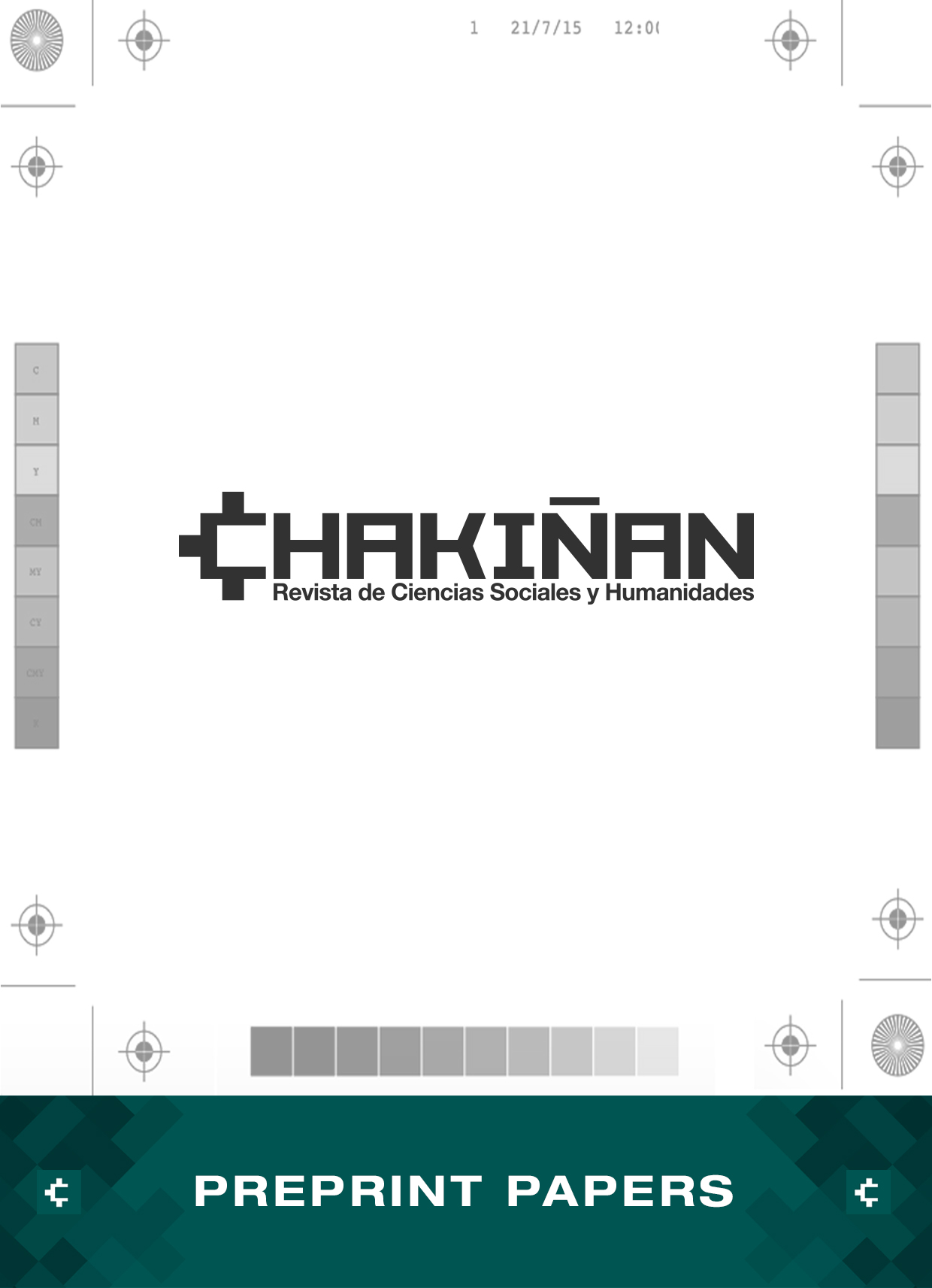THE IMPORTANCE OF LLAMAS IN THE INDIGENOUS COMMUNITIES OF CHIMBORAZO: A RESPONSE TO CLIMATE CHANGE AND RURAL DEVELOPMENT LA IMPORTANCIA DE LAS LLAMAS EN LAS COMUNIDADES INDÍGENAS DE CHIMBORAZO: UNA RESPUESTA AL CAMBIO CLIMÁTICO Y AL DESARROLLO RURAL
Main Article Content
Abstract
Over the last twenty-five years, indigenous communities have dedicated themselves to raising llamas. According to conversations with their leaders, they believe that llama breeding enhances their quality of life, promotes soil fertility, and helps prevent soil erosion. Therefore, this initiative enables the conservation of páramos affected by the advance of the agricultural frontier and climate change, two topics that this author has investigated during the period from 2018 to 2025. This article examines the significance of llamas for indigenous peoples, the factors that contributed to the decline of these animals in the central Andes of Ecuador, and the initiatives aimed at their recovery within the context of development cooperation. In research employing an ethnographic approach to the experiences of llama projects established in the indigenous communities of the Pungalá and Calpi Parishes in Chimborazo Province, Ecuador, in-depth interviews were conducted with 16 individuals, including llama producers, community leaders, and project managers. The study demonstrates that llamas are closely linked to the lives of indigenous people, improving living conditions and helping to restore soil quality. It also demonstrates that llama production is a key factor in development cooperation programs, as it responds to the needs of indigenous communities.
Downloads
Article Details
Conference Proceedings Volume
Section

This work is licensed under a Creative Commons Attribution-NonCommercial 4.0 International License.
Responsibility of the authors:
The authors are responsible for the ideas and data collected in the manuscripts. They are additionally accountable for the fidelity of the information, the correction of the citations, the right to publish any material included in the text, and the presentation of the manuscript in the format required by the Journal (WORD template). A manuscript forwarded to CHAKIÑAN must not have been published before, nor must it have been submitted to another means of publication.
Copyright:
Published articles do not necessarily compromise the viewpoint of the CHAKIÑAN JOURNAL. The Journal is aligned to the policy of the licence de Creative Commons Reconocimiento-No comercial 4.0 Internacional (CC BY-NC 4.0). Each author retains the right to the paper published in the Chakiñan journal.
Privacy statement
The personal data and email addresses entered in this magazine will be used exclusively for the purposes stated by the publication and will not be available for any other purpose or person.
How to Cite
Share
References
Arias Maldonado, M. (2018). El antropoceno: La política en la era humana. Taurus.
Bretón, V. (2012). Toacazo en los Andes centrales del Ecuador tras la reforma agraria. FLACSO-Abya Yala.
CONDESAN. (18 de abril de 2025). Monitoreo de páramos. https://condesan.org/monitoreo-paramos/
Coronel, R. (2003). El poder local y poder público: el Municipio de Riobamba en el proceso de transición de la colonia a la república (1790 - 1890). Universidad Andina Simón Bolívar.
Ferraro, E. (2004). Reciprocidad don y deuda: relaciones y formas de intercambio en los Andes ecuatorianos. FLACSO-Abya Yala.
Guamán, Y. (2010). El renacer de la reina andina. Gráficas Basantez.
Hosfstede, R., Mena-Vásconez, P., & Súarez Robalino, E. (2023). Los páramos del Ecuador: pasado, presente y futuro. Universidad San Francisco.
Krainer, A., & Jácome Estrella, H. (2023). Una oportunidad para imaginar otros mundos: el legado de Alberto Acosta Espinosa. FLACSO.
Murra, J. (1972). Formaciones económicas y políticas del mundo andino. Instituto de Estudios Andinos.
OMS. (8 de junio de 2022). Transtornos mentales: OMS. https://www.who.int/es/news-room/fact-sheets/detail/mental-disorders
ONU. (25 de septiembre de 2015). Objetivos de Desarrollo Sostenible. https://www.un.org/sustainabledevelopment/es/biodiversity/
Romero, H. (2003). Llamas, mito y ciencia en el mundo Andino. Revista de Ciencias Sociales, (13), 74 - 98. https://www.redalyc.org/pdf/708/70801307.pdf
Runallakta. (2015). Ñuka llama de mi vida [Grabado por Runa llakta]. https://www.youtube.com/watch?v=nE2VVw6x2fA&t=83s
Salomon, F. (2011). Los señoríos étnicos de Quito en la época de los incas: la economía política de los señoríos norandinos. Instituto Metropolitano de Patrimonio y Universidad Andina Simón Bolívar.
Santana, R. (1995). ¿Ciudadanos en la etnicidad? los indios en la política o la política en los indios. Abya Yala.
Tuaza Castro, L. A. (2017a). La construcción de la comunidad desde los imaginarios indígenas. Universidad Nacional de Chimborazo.
Tuaza Castro, L. A. (2017b). Liderazgo indígena tras la disolución del régimen de hacienda. Ecuador Debate, (103), 33-44. https://repositorio.flacsoandes.edu.ec/handle/10469/13706
Tuaza Castro, L. A., Johnson, C., & MacBurnay, M. (2021). El cambio climático y las comunidades indígenas en los andes del Ecuador. Universidad Nacional de Chimborazo.
Velasco, J. (1946). Historia del Reino de Quito en la América Meridional. Casa de la Cultura Ecuatoriana Benjamín Carrión.


